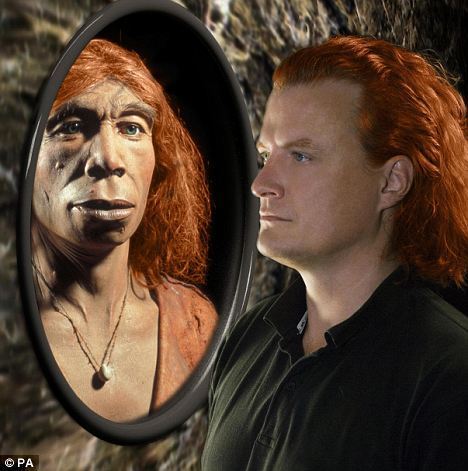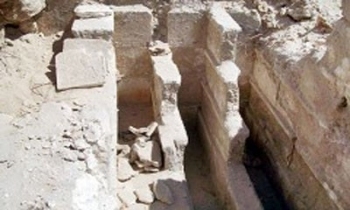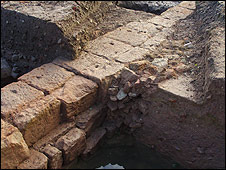Michelle Moran's Blog, page 88
April 22, 2010
We may all be a little bit Neanderthal as study finds species interbred twice with humans

PA: A new study suggests that most of us have some Neanderthal genes in our DNA. Scientists believe our ancestors may have bred twice with the extinct species
It won't come as a surprise to anyone wandering around Britain's city centres late on a Friday night. But scientists have discovered that most people have a little bit of Neanderthal man in them.
Read the rest on the Daily Mail.
April 21, 2010
Lice hang ancient date on first clothes
ALBUQUERQUE — For once lice are nice, at least for scientists investigating the origins of garments. Using DNA to trace the evolutionary split between head and body lice, researchers conclude that body lice first came on the scene approximately 190,000 years ago. And that shift, the scientists propose, followed soon after people first began wearing clothing.
Read the rest on Science News.
Prehistoric Mummies Poisoned
Brian Handwerk
Poison-laced drinking water killed some of the world's oldest mummies, which are found in the harsh northern deserts of Chile, a new study says.
Read the rest on National Geographic.Ancient Maya Buried Relatives, Artifacts Under Homes
by Rossella Lorenzi
Illiterate Maya people recorded their history by burying their domestic universe under their floors, according to excavations of modest Maya homes in central Belize. Analysis of objects and human remains embedded beneath these ordinary Maya houses from the Classic period (250-900 A.D.) revealed that farmers and servants cached objects and buried relatives within their residences.
Read the rest on Discovery.New Bony-Skulled Dinosaur Species Discovered in Texas
ScienceDaily — Paleontologists have discovered a new species of dinosaur with a softball-sized lump of solid bone on top of its skull, according to a paper published in the April issue of the journal Cretaceous Research.
'Ancestral Eve' Crystal May Explain Origin of Life's Left-Handedness
ScienceDaily (Apr. 21, 2010) — Scientists are reporting discovery of what may be the "ancestral Eve" crystal that billions of years ago gave life on Earth its curious and exclusive preference for so-called left-handed amino acids. Those building blocks of proteins come in two forms -- left- and right-handed -- that mirror each other like a pair of hands.
Read the rest on Science Daily.April 20, 2010
Supervolcano: How humanity survived its darkest hour
THE first sign that something had gone terribly wrong was a deep rumbling roar. Hours later the choking ash arrived, falling like snow in a relentless storm that raged for over two weeks. Despite being more than 2000 kilometres from the eruption, hominins living as far away as eastern India would have felt Toba's fury.
Syrian Archaeologists: Tower Tombs Unearthed in Palmyra

The Syrian Archaeological Expedition working at the site of Palmyra's northern defensive wall (Central Syria) has unearthed tower tombs close to the wall.
Head of Palmyra Antiquities Department Walid Asa'ad said Wednesday the square-shaped burial has a two-slab decorated stone gate. The doorway leads to the roof of the burial place through stairs.
Read the rest here.
April 19, 2010
2 skeletons on Va. campus dated to 17th century
Read the rest here.
Remains in Southwell 'could be Roman temple'
 The scale of the walls uncovered indicate a high-status building
The scale of the walls uncovered indicate a high-status building Remains unearthed in Nottinghamshire could be an unknown Roman temple, archaeologists have claimed.
Read the rest on the BBC.


